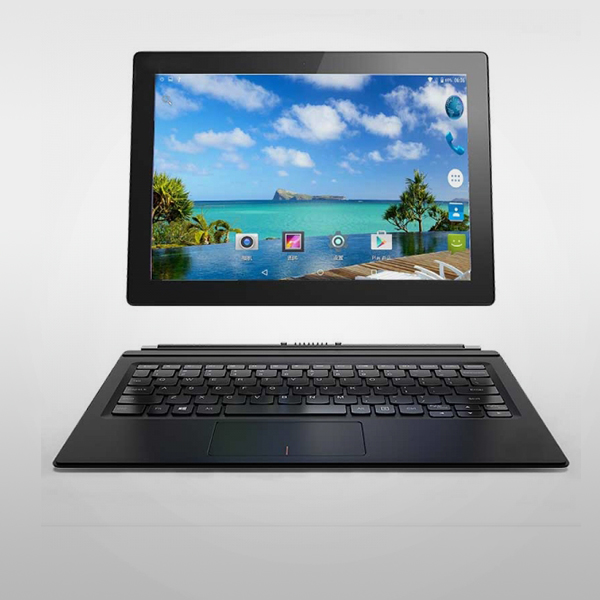What are the disadvantages of a 2 in 1 tablet PC?
2023-10-16
While 2-in-1 tablet PCs offer the versatility of combining a tablet and a laptop in a single device, they do have some disadvantages. Here are a few potential drawbacks associated with 2-in-1 tablet PCs:
1. Compromised Laptop Performance: The compact design of 2-in-1 tablets often means that they have less powerful hardware compared to traditional laptops. This can result in reduced performance, especially when it comes to processor speed, graphics capabilities, and storage capacity. If you require high-performance computing tasks such as video editing or gaming, a dedicated laptop might be a better option.
2. Limited Screen Size and Ergonomics: The screen size of a 2-in-1 tablet PC is typically smaller than that of a standard laptop. While the compact size offers portability, it can also lead to a smaller viewing area, which may not be ideal for multitasking or working on complex tasks. Additionally, the ergonomics of using a tablet in laptop mode might not be as comfortable as using a dedicated laptop with a full-sized keyboard and trackpad.
3. Reduced Battery Life: 2-in-1 tablet PCs often have smaller batteries compared to traditional laptops to accommodate their slimmer form factor. This can result in shorter battery life, especially when used in laptop mode, as the additional hardware components require more power. If you rely on extended battery life for on-the-go usage, a dedicated laptop might be a more suitable choice.
4. Higher Cost: 2-in-1 tablet PCs tend to be pricier compared to standalone tablets or laptops with similar specifications. The combination of tablet and laptop functionality, along with the additional engineering required for the convertible design, can contribute to a higher price tag. If budget is a primary concern, you may find more cost-effective options by purchasing a separate tablet and laptop.
5. Less Upgradeability: Due to their compact and integrated design, 2-in-1 tablet PCs often have limited upgrade options. Components such as the processor, graphics card, or RAM are typically not replaceable or upgradable. This means that you may be stuck with the hardware specifications of the device you purchase, limiting its future adaptability and longevity.
6. Software Compatibility: While most software applications are designed to work well with both tablets and laptops, there may be cases where specific software or specialized applications are better suited for either a tablet or a laptop. Certain professional software or industry-specific tools may have limited touch-optimized interfaces or may be more optimized for traditional desktop usage.
It's important to note that these disadvantages may vary depending on the specific model and brand of the 2-in-1 tablet PC. Advancements in technology and manufacturing are continually improving the performance, battery life, and overall user experience of these devices. Assessing your specific needs and considering the trade-offs between tablet and laptop functionality will help you determine if a 2-in-1 tablet PC is the right choice for you.



